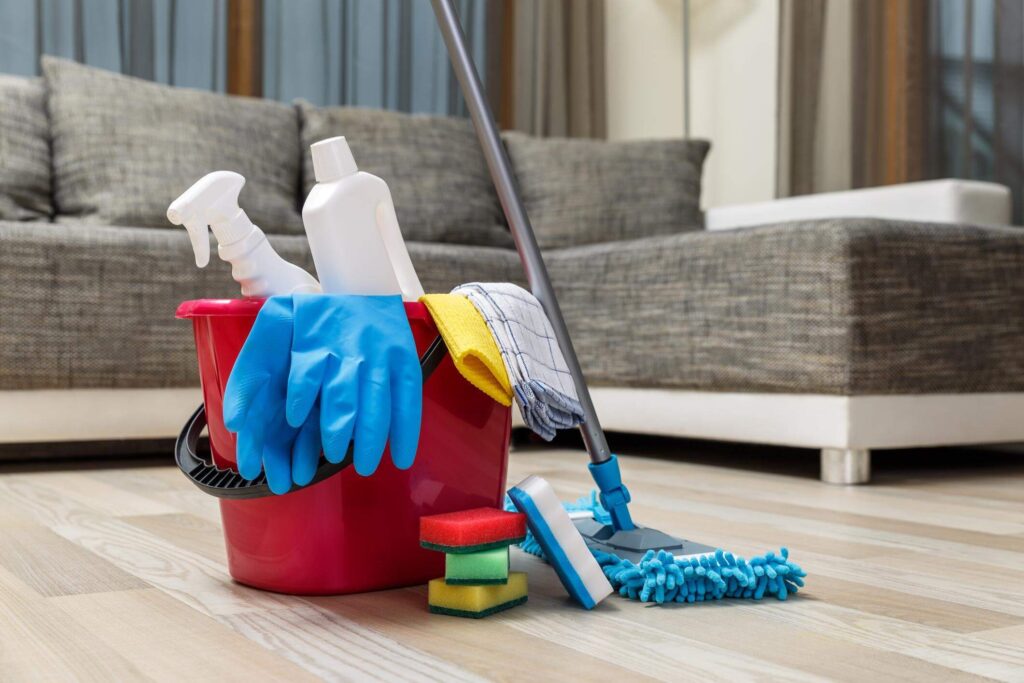Nowadays, sanitary measures have been the main defense of the world because of a virus that is currently spreading. Inside our homes or outside, it is essential that we keep our body and surroundings clean to stay away from being sick. With this notion, a hand sanitation station at home can be very effective to steer away bacteria from our homes.
Ideally, a sanitation station must be very accessible. It must be placed in the part of the home where most family members hang out or mostly stays and must offer sanitation supplies like hand sanitisers that are alcohol based and sanitary wipes. A do-it-yourself hand sanitation for family use can be fun to make. Take a look at these fun creative ideas about DIY sanitizing stations.
1. Use alcohol based sanitizers

source: bhg.com
Hand washing undoubtedly is still the best option when it comes to hand sanitation. But when it is not available what can be your next possible option? Hand sanitizers are your go to solution in such situations. There is a variety of hand sanitizers that you can choose from but it is always best to use one that is alcohol based. Hand sanitizers may not be able to eliminate all types of germs but it can lessen microbes present on our hands.
You can repurpose old bottle sprays at home for this project, personalize and design your bottles to make them look fun and inviting . You just have to make sure that they are properly cleaned and no residue of prior content is left before you put your sanitizer to avoid contamination.
2. Add antibacterial wipes, tissue and a trash can

source: hgtv.com
Antibacterial wipes are also one way to kill or reduce the germs present in any surface, it is easy to use because they are often packaged in a way that you can pull each content one-by-one conveniently and it is also easy to dispose of. Antibacterial wipes are also very handy and portable so it is also good to have this always prepared in your bags to use at home or at the office.
Hygienic tissue must also be a component of your sanitizing station. This paper is very absorbent and is best for drying or removing oil and dirt from your hands and other surfaces. This paper can help keep your hands clean and germ free.
To complete your sanitizing station, a waste bin must be present near your sanitizing station to keep it clean and trash free. Having a trash bin keeps the place litter free as hygienic tissue and antibacterial wipes are also in use at your sanitizing station. It is important that these be disposed of properly to avoid the spread of germs. .
3. Make it look fun and not just hygienic

source: the-daily-record.com
The cool thing about do-it-yourself stuff is that you can design it however you like. You can make it all pink, design it with flamingos or even make it look like a rocket ship. It will also help if you put up signage to attract more attention to your sanitizing station. This project can also be a way to have a fun family time while ensuring that they are protected from germs. Creating it yourself doesn’t only save you money but your output surely will be one that looks like sanitizing is very fun.
Your sanitizing station is your first line of defense at home against germs. You can use it when having a gathering at home to ensure that every visitor also sanitizes their hands before entryway of home.
Wrapping Up
The wide spread of coronavirus stresses enough the importance of proper hygiene to protect ourselves from the virus. The awareness on how to fight the virus must start at home and one of the ways to do this is putting up a sanitizing station at home. Your do-it-yourself sanitizing station can even be used at the office and other places as it is now a necessity to sanitize all the time. The virus must be stopped at your doorstep.



